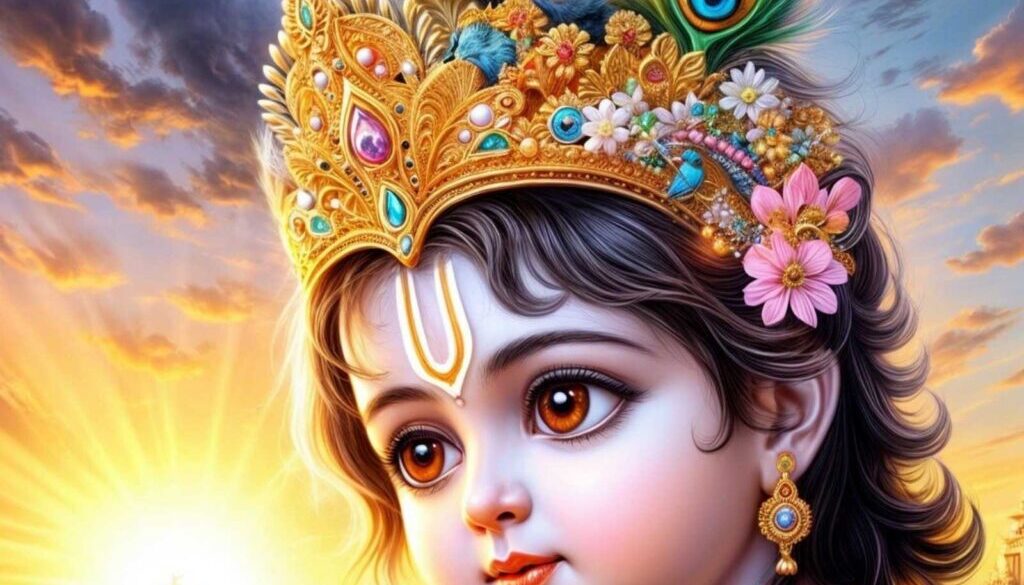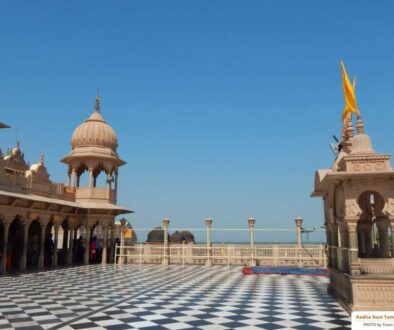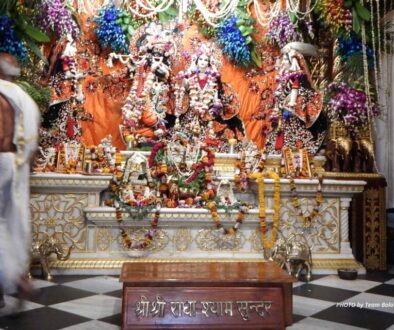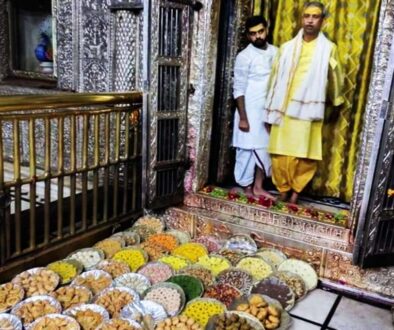Krishna Janmashtami: Celebrating the Divine Birth with Love and Devotion
Krishna Janmashtami, a festival revered across India, marks the birth of Lord Krishna, the eighth avatar of Lord Vishnu. This festival, celebrated with unparalleled enthusiasm and devotion, is a time when the divine love of Yashoda Ma for her beloved Krishna is remembered and re-enacted by millions of devotees. The festival’s vibrancy, especially in how children partake in the celebrations, showcases the deep cultural and spiritual significance of this day.
The Divine Love of Yashoda Ma
The story of Krishna is incomplete without mentioning the boundless love of Yashoda Ma, who raised Krishna as her own son in the village of Gokul. Her affection was not just maternal but divine, symbolizing unconditional love and care.
The Bond Beyond Birth
Yashoda Ma’s love for Krishna is often depicted in Indian scriptures and art as pure and selfless. Although Krishna was born to Devaki and Vasudeva in a prison, it was Yashoda who nurtured him and showered him with motherly love. She was unaware of Krishna’s divine nature and treated him like any other mischievous child, chiding him for his pranks, but her heart overflowed with affection.
The Mischievous Krishna and Yashoda’s Patience
Krishna’s playful antics, from stealing butter to teasing the gopis, are well-known. Yashoda Ma, although often at the receiving end of his mischief, loved him deeply. One of the most iconic stories is when Yashoda, trying to discipline the naughty Krishna, attempts to tie him to a grinding stone. But no matter how much rope she uses, it always falls short. This Leela (divine play) of Krishna illustrates that even the mightiest of bonds cannot restrict the divine.
The Vision of the Universe
One of the most profound moments in the life of Yashoda Ma was when Krishna, as a child, playfully ate mud. Concerned for his health, Yashoda Ma scolded him and asked him to open his mouth. To her amazement, she saw the entire universe within Krishna’s mouth. This vision overwhelmed Yashoda, who momentarily realized Krishna’s divine nature. However, her motherly love soon took over, and she continued to care for him as her son, overlooking his divinity.
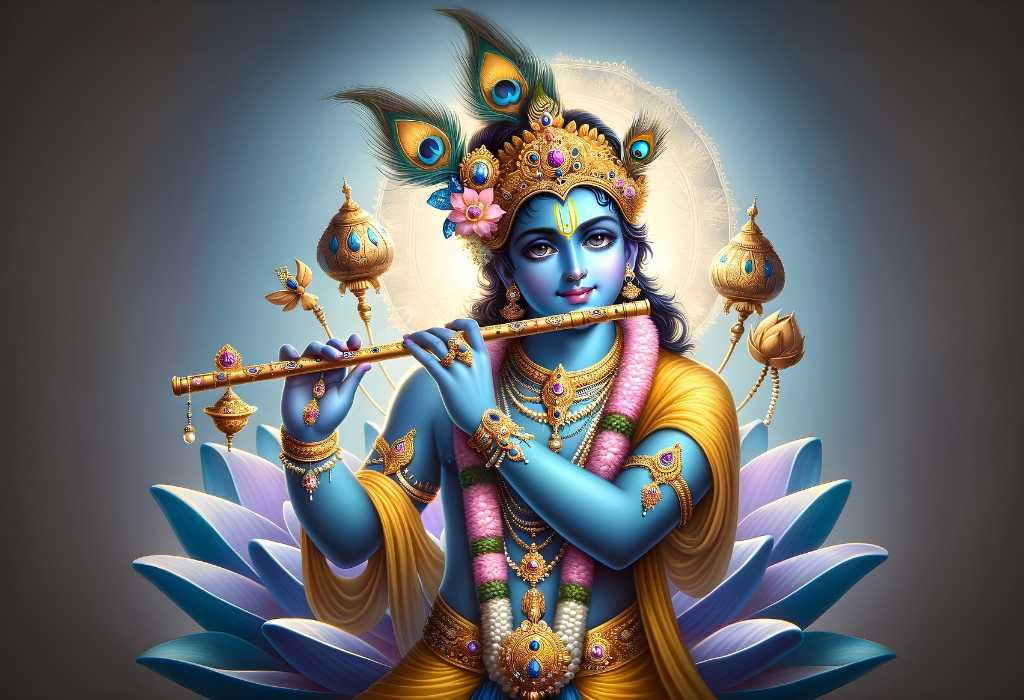
Krishna Janmashtami: A Festival of Joy and Devotion
Krishna Janmashtami is celebrated with immense fervor across India, with each region adding its unique flavor to the festivities. The festival usually falls in August or September, depending on the lunar calendar, and involves a variety of rituals, devotional songs, dances, and dramatic enactments of Krishna’s life.
The Significance of Krishna Janmashtami
Krishna Janmashtami is not just a celebration of Krishna’s birth but also a reminder of his teachings and the values he embodied. Lord Krishna’s life, from his childhood in Gokul to his role in the Mahabharata, symbolizes the triumph of good over evil, the importance of righteousness, and the power of devotion.
The Midnight Celebration
Krishna Janmashtami is celebrated with a midnight vigil, as it is believed that Krishna was born at midnight. Devotees fast throughout the day, and the fast is broken only after the birth of Krishna is celebrated at midnight. Temples and homes are beautifully decorated, and the air is filled with the sounds of bhajans (devotional songs) and kirtans (hymns).
Rituals and Traditions
-
Jhulanotsav: This is a significant part of Krishna Janmashtami celebrations, where a small idol of baby Krishna is placed in a beautifully decorated swing. Devotees take turns to gently rock the swing, singing lullabies and devotional songs.
-
Dahi Handi: One of the most popular events during Krishna Janmashtami is the Dahi Handi, especially in Maharashtra. A clay pot filled with curd, butter, or other dairy products is hung high above the ground. Young men and boys form human pyramids to reach and break the pot, reenacting Krishna’s childhood pastime of stealing butter.
-
Rasa Lila: In some parts of India, especially in Vrindavan and Mathura, dramatic enactments of Krishna’s life, known as Rasa Lila, are performed. These plays depict various episodes from Krishna’s early life, his love for Radha, and his divine leelas (plays).
Children and Krishna Janmashtami: A Festival of Innocence and Joy
Krishna Janmashtami holds a special place in the hearts of children, as they relate to the stories of Krishna’s childhood mischief and adventures. The festival is not only a time for religious observance but also an opportunity for children to engage in fun and creative activities.
Dressing Up as Little Krishna
One of the most delightful aspects of Krishna Janmashtami is the tradition of dressing up young children as Lord Krishna or Radha. Across India, schools and communities organize events where children don peacock feathers, flutes, and traditional attire to resemble the young Krishna. The sight of little Krishnas and Radhas adds a touch of innocence and joy to the festivities.
Participating in Dahi Handi
In some regions, children form their own small pyramids to break the Dahi Handi. While it is more of a symbolic gesture than a competition, it instills a sense of teamwork and celebration among the young participants.
Storytelling and Cultural Programs
Schools and community centers often organize storytelling sessions where the tales of Krishna’s childhood are narrated to the children. These sessions are accompanied by cultural programs where children perform dances and songs dedicated to Krishna, fostering a deep connection with their cultural roots.
Craft Activities and Rangoli
Children also engage in various craft activities related to Krishna Janmashtami, such as making crowns, flutes, and paper decorations. Creating vibrant Rangoli designs, depicting scenes from Krishna’s life, is another popular activity. These activities not only keep the children entertained but also help them learn about the festival’s significance in a fun and interactive way.
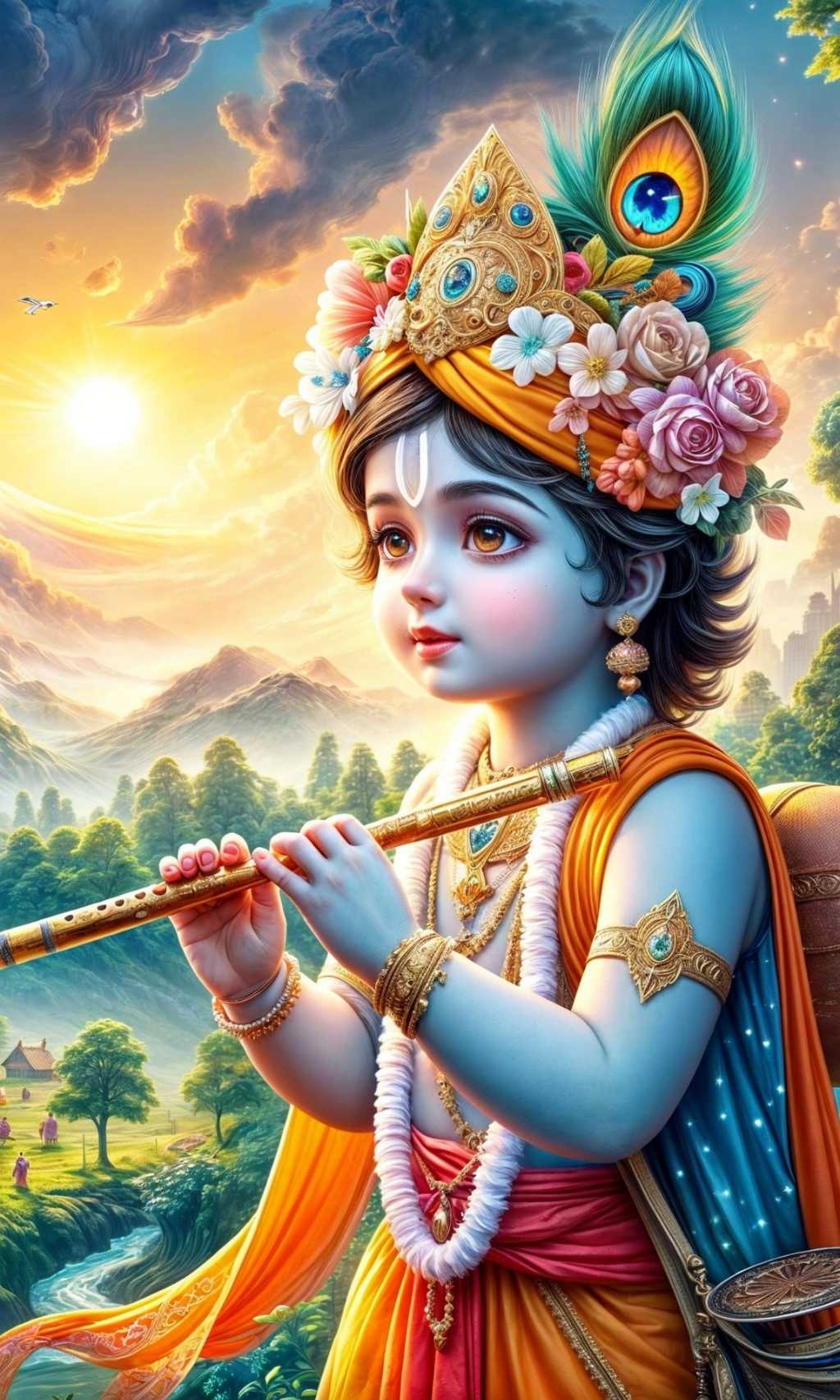
Krishna Janmashtami Celebrations Across India
The celebration of Krishna Janmashtami varies from region to region, with each area having its unique customs and traditions. However, the underlying theme of devotion and joy remains the same.
Vrindavan and Mathura: The Epicenter of Janmashtami
Vrindavan and Mathura, where Lord Krishna spent his childhood, are the most significant places for Krishna Janmashtami celebrations. The entire region comes alive with festivities, attracting thousands of pilgrims and tourists. Temples are decorated with flowers and lights, and the air is filled with the sound of bhajans and kirtans. The Rasa Lila performances in these towns are particularly famous and attract audiences from all over the world.
Maharashtra: The Dahi Handi Tradition
In Maharashtra, the Dahi Handi tradition is a major highlight of Krishna Janmashtami. The event is celebrated with great enthusiasm, especially in Mumbai, where groups known as ‘Govindas’ compete to break the handi. The event draws large crowds, and the atmosphere is charged with excitement and energy.
Gujarat: The Vibrant Celebrations
In Gujarat, Krishna Janmashtami is celebrated with vibrant dances and music. The traditional Garba and Dandiya Raas are performed in devotion to Lord Krishna. Temples are beautifully adorned, and the celebrations often extend late into the night.
South India: The Devotion and Rituals
In South India, Krishna Janmashtami is observed with deep religious fervor. Devotees draw tiny footprints with rice flour and water from the entrance of their homes to the puja room, symbolizing Krishna’s entry into their homes. Special sweets like ‘seedai’ and ‘murukku’ are prepared and offered to Krishna.
The Spiritual Significance of Krishna Janmashtami
Beyond the festivities and rituals, Krishna Janmashtami holds deep spiritual significance. It is a time for devotees to reflect on Krishna’s teachings and their relevance in today’s world.
The Message of Dharma
Krishna’s life and teachings, especially those from the Bhagavad Gita, emphasize the importance of dharma (righteousness) and karma (duty). Krishna Janmashtami serves as a reminder to live a life of virtue, guided by these principles.
The Power of Devotion
The stories of Krishna’s devotees, from Yashoda Ma to the gopis, highlight the power of bhakti (devotion). Krishna Janmashtami is an occasion to deepen one’s devotion and to seek Krishna’s blessings for spiritual growth.
Celebrating Unity in Diversity
Krishna Janmashtami brings together people from different walks of life, transcending regional and cultural differences. The festival is a testament to India’s rich cultural heritage and the unifying power of spirituality.
Conclusion
Krishna Janmashtami is more than just a festival; it is a celebration of love, devotion, and the timeless teachings of Lord Krishna. From the divine love of Yashoda Ma to the joyful participation of children, the festival resonates with people of all ages. As the nation comes together to celebrate the birth of Lord Krishna, it is an opportunity to reconnect with the spiritual essence of life and to embrace the values that Krishna embodied. May the blessings of Lord Krishna bring peace, prosperity, and joy to all.

